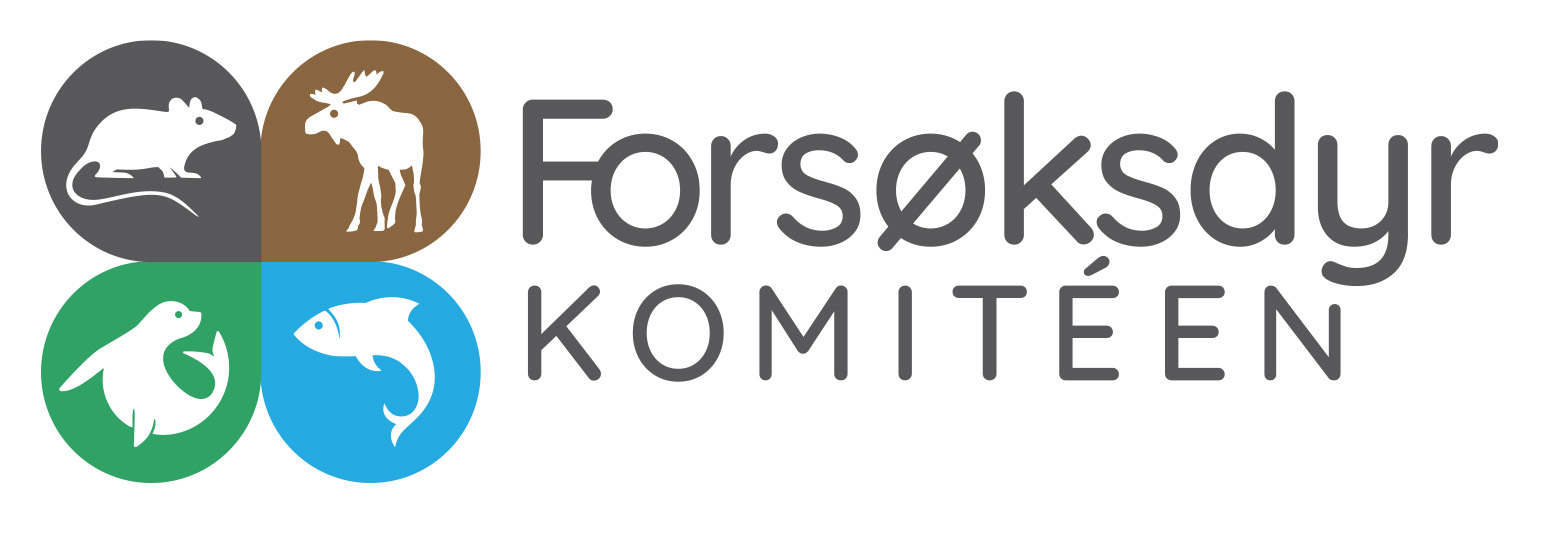
Sharing information on 3Rs and Best Practice in Wild Bird Research
The Norwegian National Committee for the Protection of Animals used for Scientific Purposes invited other national committees (NC), 3R centres, competent authorities and researchers in Europe to an online meeting on 3Rs in Wild Bird Research.
The meeting was arranged on Teams on October 15, 2024.
The objectives for the meeting were to establish contact for dialogue and exchange information on recent science and best practice in the use of wild bird for scientific and educational purposes.
As many as 75 participants signed in to the meeting, including representatives from the NCs in Finland, France, Germany and Norway, the Norwegian Food Safety Authority, Norecopa, as well as bird scientist from several countries in Europe.
Introductory to the discussions on the topic, three presentations were given:
- Presentation of the fresh report from the Norwegian Scientific Committee for Food and Environment (VKM): “Effects of capture, marking, and tracking on the welfare of wild birds” by Professor Katrine Eldegard, Norwegian University of Life Sciences (NMBU). Link: Eldegard presentasjon av VKM rapport for forsoksdyrkomiteen
- “Capture and marking of wild seabirds for scientific purposes – state of the art and 3R considerations” by Senior scientist Børge Moe, Norwegian Institute for Nature Research (NINA). Link: Moe presentasjon Forsøksdyrkomitteen
- “Capture and marking of wild landbirds (in terrestrial habitats) for scientific purposes – state of the art and 3R considerations by Scientist Lasse Frost Eriksen, Norwegian Institute for Nature Research (NINA). Link: 3R_LFEriksen
Following the presentations, the participants discussed and shared information on various topics and web resources related to wild bird research.
Due to the great interest, the Norwegian National Committee plans to arrange new meetings on wild bird research to follow up harmonisation in this area.
Here we present the shared information in the Teams chat during the meeting:
Research and education
Portugal, S. J., & White, C. R. (2018). Miniaturization of biologgers is not alleviating the 5% rule. Methods in Ecology and Evolution, 9(7), 1662–1666. https://doi.org/https://doi.org/10.1111/2041-210X.13013
SEATRACK project (seabirds): www.seapop.no/seatrack
CRBPO – Centre de Recherches sur la Biologie des Populations d’Oiseaux (Centre for Research in Biology and Bird Population): https://crbpo.mnhn.fr/
The National History Museum, France – continuing education: The use of free-ranging wild animals for scientific purposes: https://formation.mnhn.fr/formations/utilisation-animaux-faune-sauvage-non-hebergee-fins-scientifiques-2635
Assessing welfare on tagged birds
For assessing the welfare on tagged birds, one approach is to objectively assess the transitory return to a stable spatial use… supposedly, it documents the impact of the capture and tagging on the welfare (behaviour) of the animal.
Such studies are very rare, whereas data are at hand. E.g. on roe deer: Bergvall, U. A., Morellet, N., Kjellander, P., Rauset, G. R., Groeve, J. D., Borowik, T., Brieger, F., Gehr, B., Heurich, M., Hewison, A. J. M., Kröschel, M., Pellerin, M., Saïd, S., Soennichsen, L., Sunde, P., & Cagnacci, F. (2021). Settle Down! Ranging Behaviour Responses of Roe Deer to Different Capture and Release Methods. Animals, 11(11). https://www.mdpi.com/2076-2615/11/11/3299
Bird networks
A resource for using existing data: the SPI-Birds Network & Database, or the Studies of Populations of Individuals – Birds, is a grassroots initiative connecting those working on populations of individually-marked breeding birds. On this website, you can learn more about our work, search for studies of birds across the world, and request data for these studies. https://spibirds.org/en
Talking about replacement (or reuse) and as many of us are collecting tissue samples while tagging birds, here is another database to facilitate the reuse of samples worldwide (either published or unpublished data) and create collaborations: https://www.avisample.net/site
Legislation and guidance
National contact point meeting Oct 2023, see the presentation AP8 Work in the wild: Register of Commission expert groups and other similar entities (europa.eu) AP 8 Work in the wild.pdf
UK guidance for animals used for scientific purposes: https://assets.publishing.service.gov.uk/government/uploads/system/uploads/attachment_data/file/535574/working-with-wild-animals-160706.pdf
From Norecopa
https://norecopa.no/meetings/field-research-2017/
Great to see that resources about refinement and reduction are being shared here. Norecopa would be really grateful for resources which we should add links to, on for example https://norecopa.no/species/wildlife-and-wild-fish/ or https://norecopa.no/PREPARE
I can recommend this presentation by Rory Wilson (Swansea, UK) who was worked a lot with transmitters on birds: https://norecopa.no/media/8018/rory-wilson.pdf
